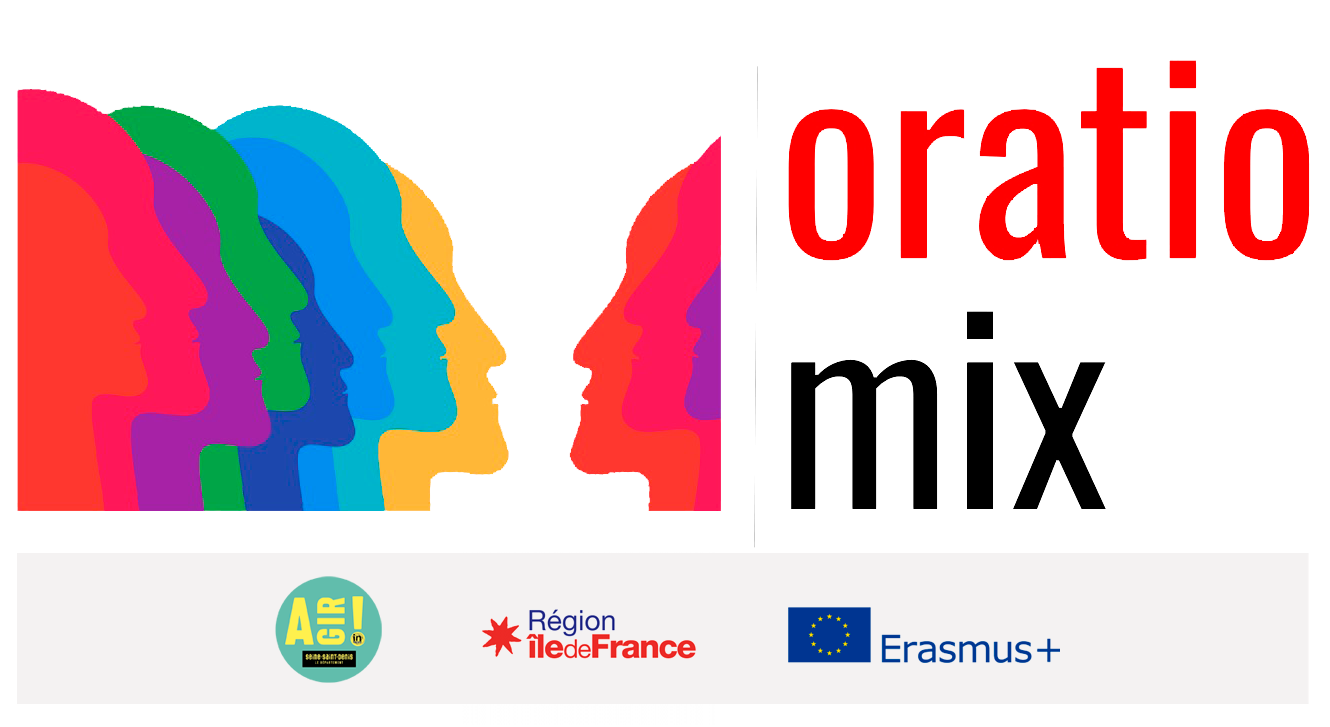Workshop 4 : Representation part 2
Setting up: what do we need?
– A workspace: the room provided must be large enough to accommodate all the participants and allow freedom of movement, as the workshop requires physical commitment.
The participants
Nursery school pupils aged between 4 and 7, with a maximum group size of 30.
Teachers
School teachers, educators, drama teachers.
Aims of this workshop
work on cultural references
work on physical embodiment
Time required
45 minutes
How it works
This workshop uses theatrical techniques and physical expression.
Aim
At the end of the session, the children will have :
Developed mental gymnastics aimed at assimilating cultural references
Work on their imagination by creating character postures
1. Start of session
The clap
In a circle, the children pass a clap to the person next to them (clapping hands) as they go round the circle. For the clap to be passed, the pupils must look each other in the eye before clapping their hands!
2. Warm-up
- You can repeat the instructions seen last time (walk, stop, youpla, rhythms, numbers, environments) to see how the pupils develop from one session to the next.
- Then walk through the space like the animals in the story A Pebble’s Soup.
3. Tables
Constructing the tableaux from the story A Stone Soup: divide the class into 3 or 4 groups. In front of the class, each group constructs tableaux based on different moments in the story. Then each child in the tableau is asked to make a sound, a word or a phrase related to the story and the situation they are acting out. Help the child by making suggestions or asking the other children in the class for their opinion. e.g. What noise can the pebble make when it falls into the soup? What noise and what movement does the chicken make?
This stage can be complicated for the pupils if the groups only work one after the other. So don’t hesitate to ask the whole class to take part in creating the different tableaux, allowing others to come up with new ideas or to help students who are struggling on stage. Ask them what they think: do they recognise the hen and the wolf?
4. Closing ritual
Clapping
The leader stands in front of the other members of the group so that everyone can see him or her. He or she places his or her arms horizontally and claps his or her hands above his or her head. The others must follow suit, respecting his or her rhythm. Then, little by little, he/she will speed up until there is applause.
